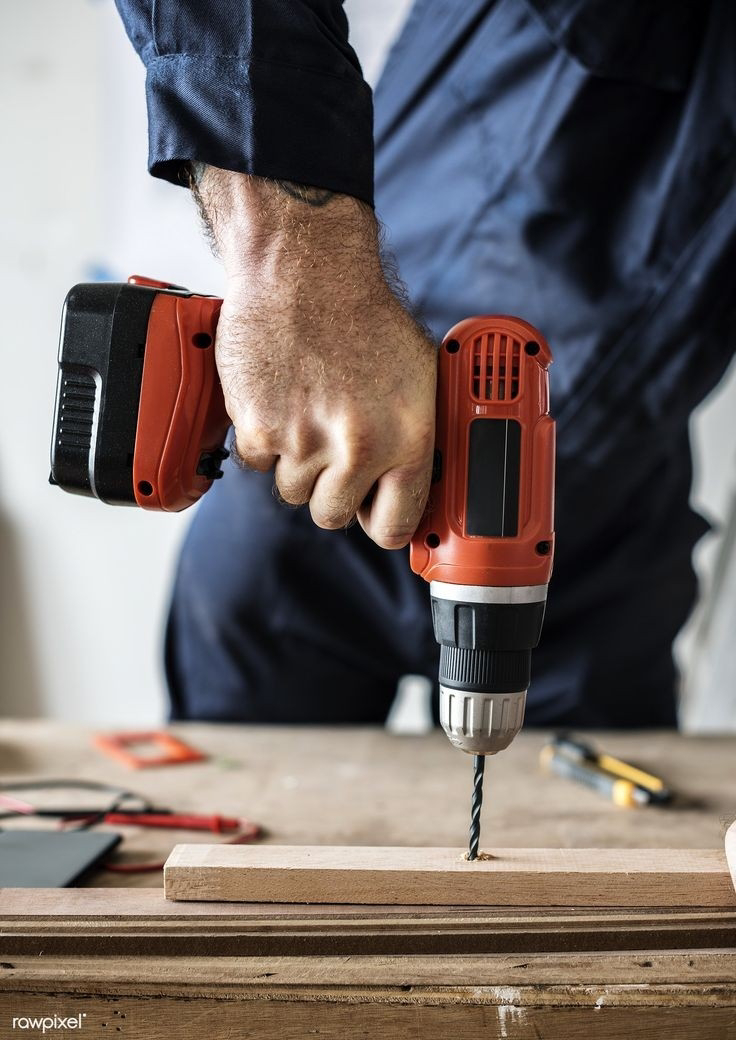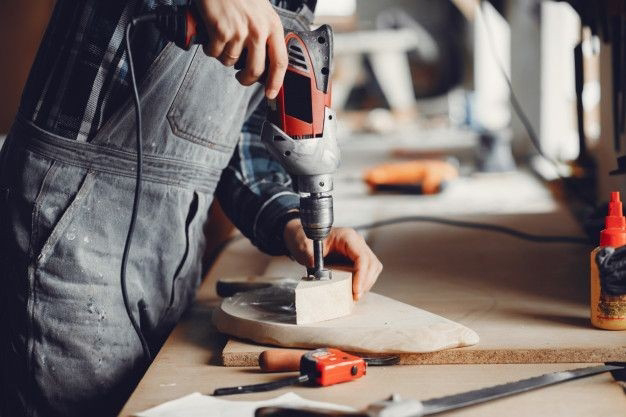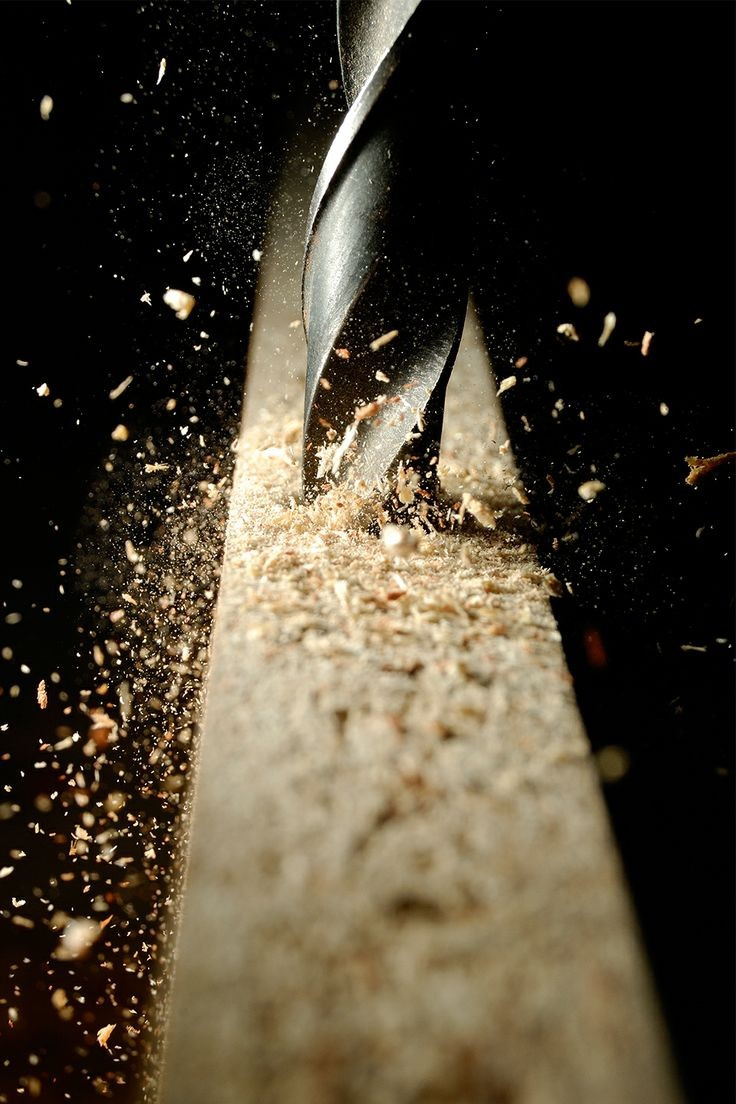When it comes to working with pipe threads, understanding the drill and tap sizes is crucial for a successful and secure connection. In this article, we will delve into the world of pipe threads and explore the importance of using the correct drill and tap sizes. By understanding the differences and following the appropriate guidelines, you can ensure a reliable and leak-free pipe installation.
1. The Basics of Pipe Threads:
Before we dive into the drill and tap sizes, let's start with the basics of pipe threads. We will explain what pipe threads are, their purpose, and the different types commonly used. Understanding the fundamentals will provide a solid foundation for comprehending the importance of drill and tap sizes.
2. The Role of Drill and Tap Sizes:
Drill and tap sizes play a crucial role in creating a proper pipe thread connection. We will discuss why using the correct sizes is essential for achieving a tight and secure fit. Additionally, we will explore the potential consequences of using incorrect drill and tap sizes, such as leaks, weak connections, and potential damage to the pipe system.
3. Differentiating Between Drill and Tap Sizes:
Drill sizes and tap sizes are two distinct measurements used in pipe thread installations. We will explain the differences between these sizes and how they contribute to the overall connection. Understanding the relationship between drill and tap sizes will help you choose the right tools and achieve the desired results.
4. Factors Affecting Drill and Tap Sizes:
Several factors can influence the selection of drill and tap sizes for pipe threads. We will discuss these factors, including the type of material being used, the pipe thread standard, and the desired thread engagement. By considering these factors, you can make informed decisions when determining the appropriate drill and tap sizes.
5. Using a Drill and Tap Size Chart:
A drill and tap size chart is a valuable tool for pipe thread installations. We will guide you through the process of using a drill and tap size chart effectively. This will include understanding the different columns and measurements provided, as well as tips for accurate sizing.
6. Common Drill and Tap Size Chart Mistakes to Avoid:
Even with a drill and tap size chart, mistakes can still occur. We will highlight some common errors that people make when using these charts and provide tips on how to avoid them. By being aware of these mistakes, you can ensure accurate sizing and a successful pipe thread connection.
7. Best Practices for Drill and Tap Size Selection:
To achieve optimal results, it is essential to follow best practices when selecting drill and tap sizes for pipe threads. We will provide practical tips and guidelines for choosing the right sizes, including considering the pipe material, thread type, and thread engagement requirements. By following these best practices, you can ensure a reliable and durable pipe installation.
Conclusion:
Understanding the differences in drill and tap sizes for pipe threads is crucial for a successful pipe installation. By using the correct sizes and following best practices, you can achieve a secure and leak-free connection. Remember to consult a drill and tap size chart, consider the relevant factors, and avoid common mistakes. With this knowledge, you can confidently tackle pipe thread installations and ensure the longevity and efficiency of your plumbing systems.



